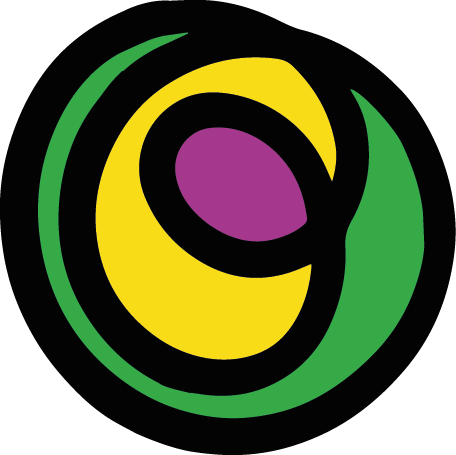OLA Study
Why are we doing this study?
The numbers of people with depression and anxiety greatly increases during adolescence. Adolescents who live in big cities more commonly experience stressful events such as conflicts, poverty, substance misuse and social isolation, which puts them at greater risk of developing one or both conditions. This includes adolescents from Latin America, which is one of the most urban parts of the world with approximately 80% of the population living in large cities. In addition, young people represent a quarter of the population in Latin America. Estimated levels of depression and/or anxiety for adolescents within the region range from 17% in Colombia to 26% in Argentina.
Although many individuals experience stressful events, most do not develop either depression or anxiety. Of those who do experience mental distress, evidence suggests that 50-60% of individuals recover after one year. The OLA study therefore aims to explore these two research questions:
- What characteristics, resources and activities prevent young people from urban environments from developing depression and anxiety?
- What characteristics, resources and activities help young people from urban environments recover from depression and anxiety?
Understanding and identifying these characteristics, resources and activities will help us to develop new ways to treat depression and anxiety.
Funded by

Partners


Copyright © 2021. All Rights Reserved
Financiado por

Socios





